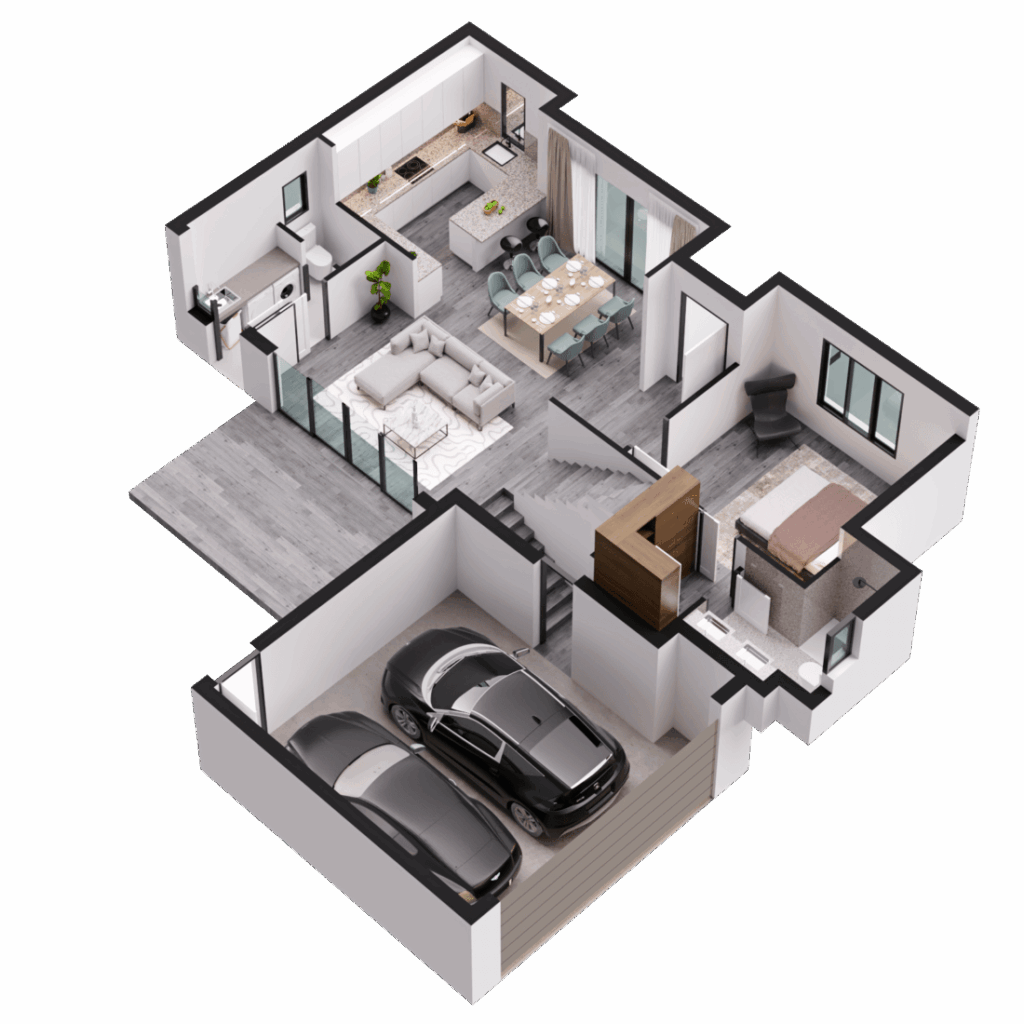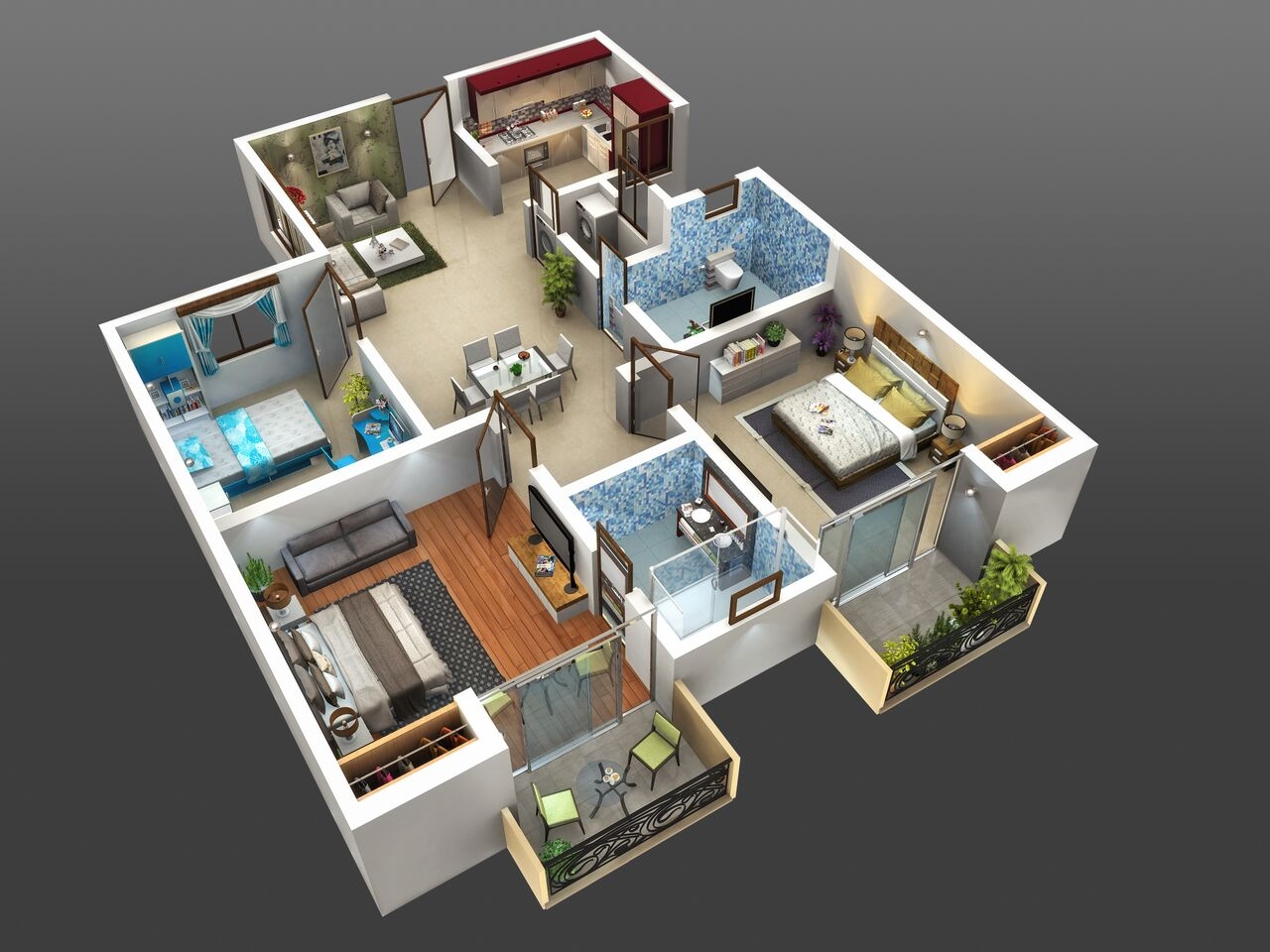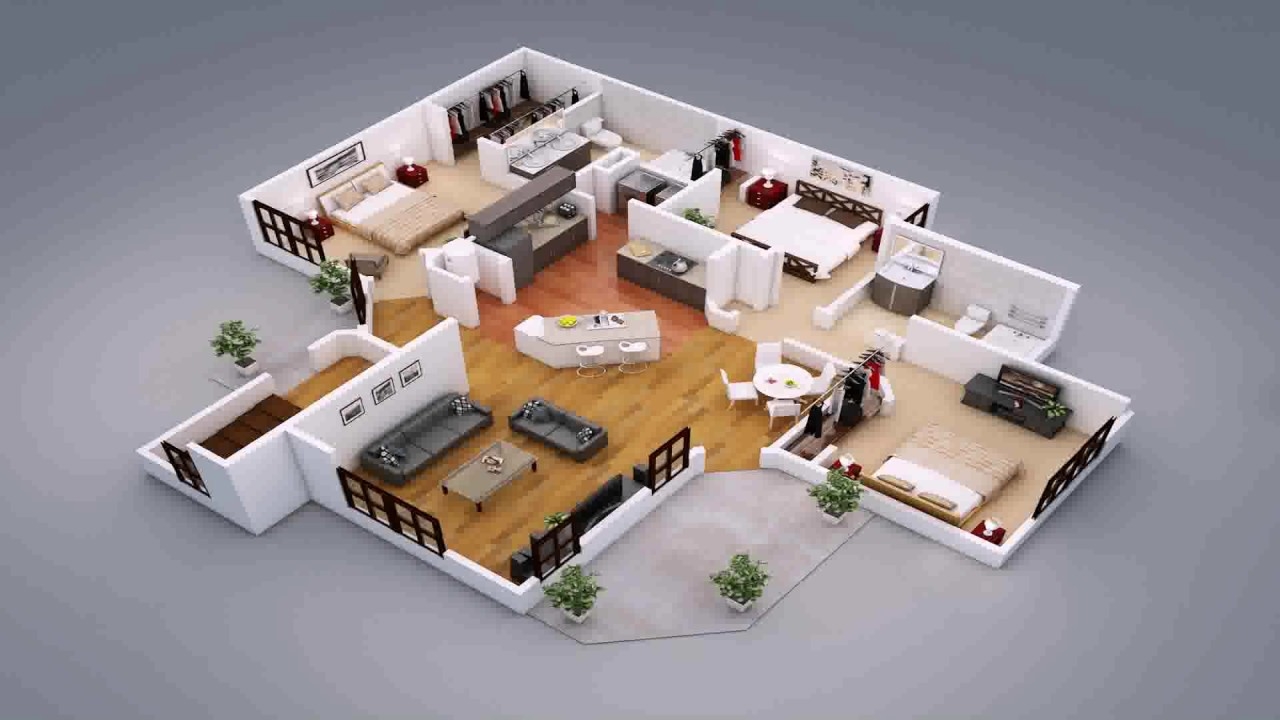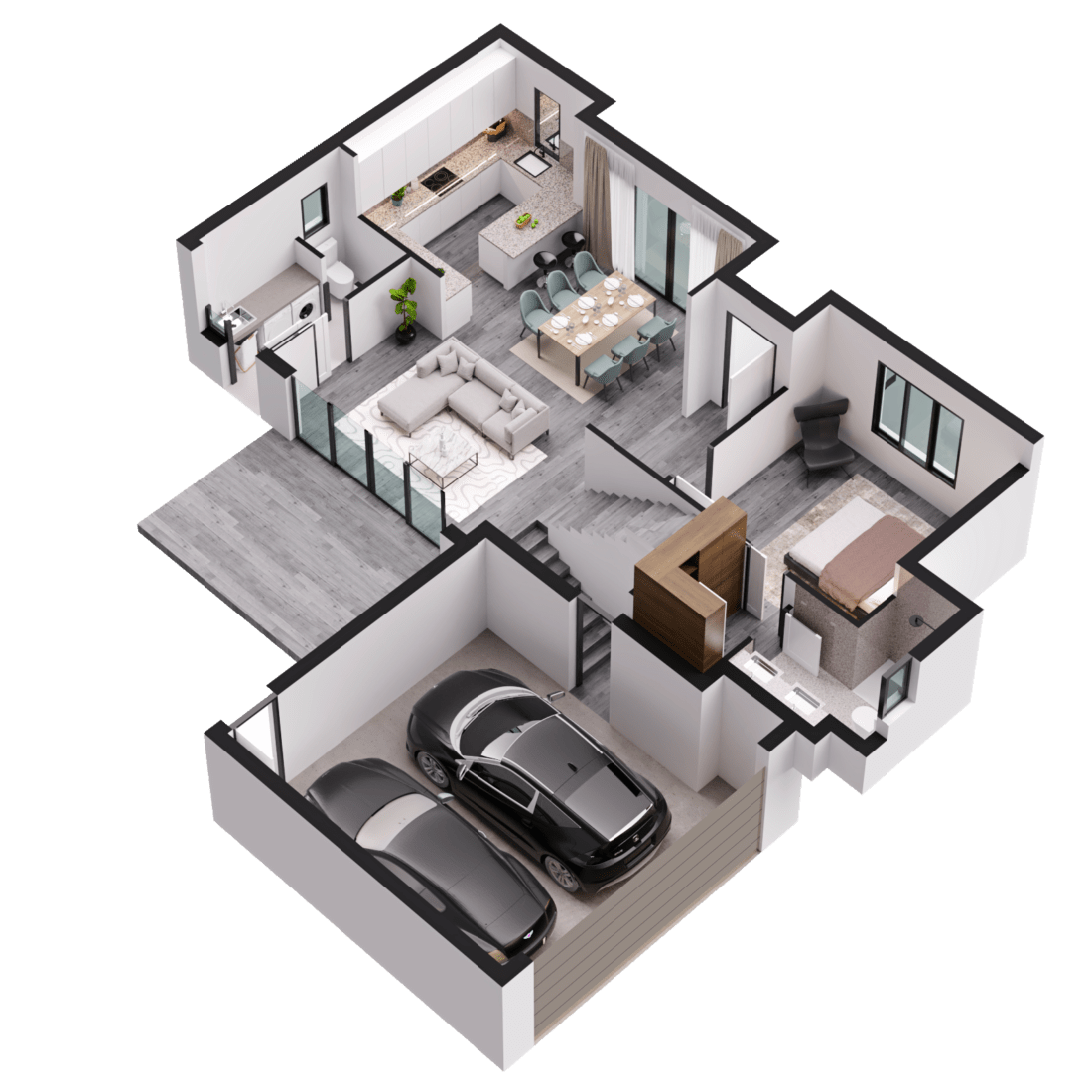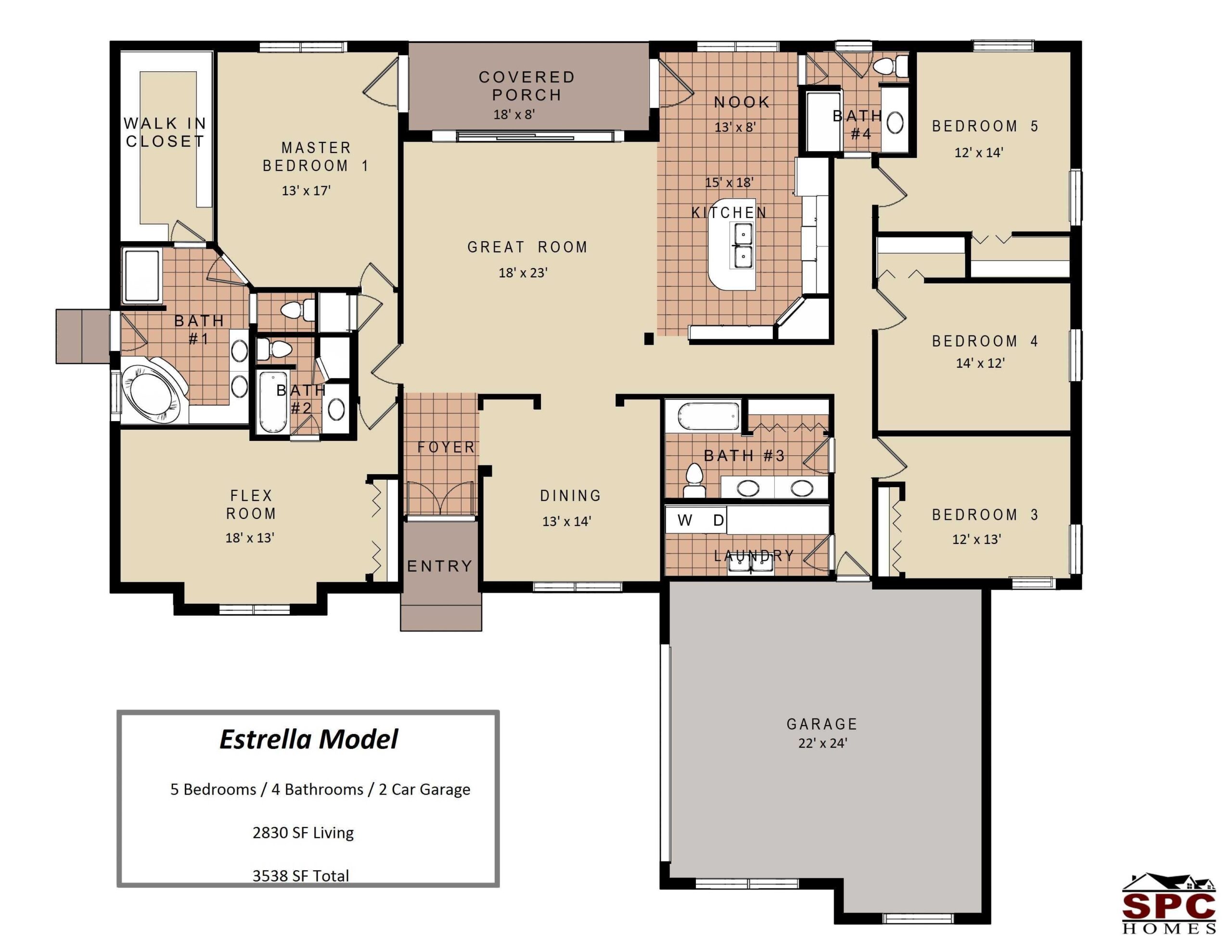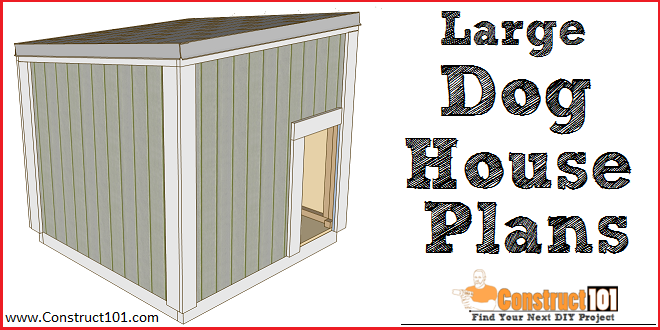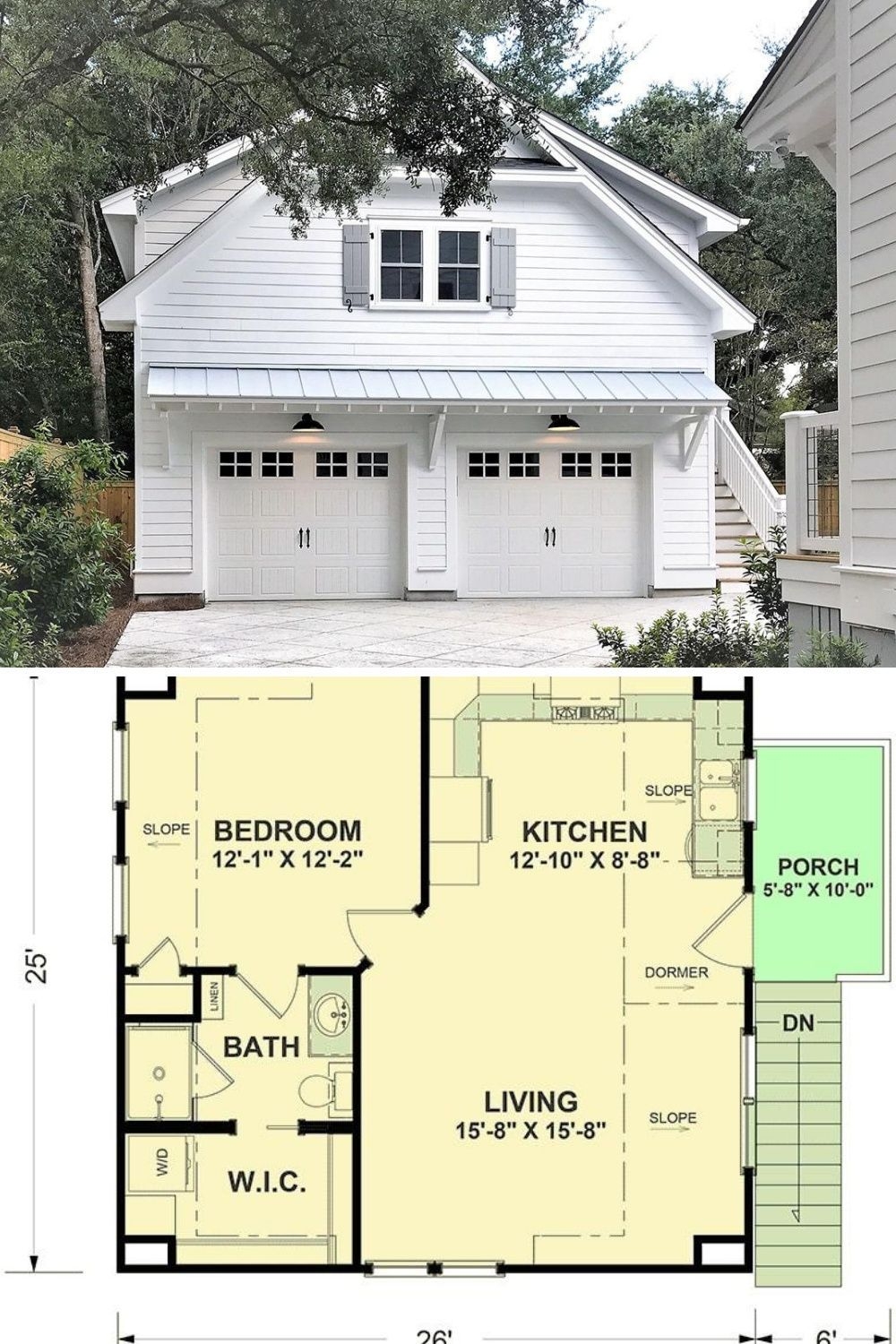Are you looking to bring your house plans to life in a new and innovative way? Look no further than transforming your house plans into 3D models. This cutting-edge technology allows you to visualize your dream home in a way that was once only possible for architects and designers. In this comprehensive guide, we will explore everything you need to know about turning your house plans into 3D renderings.
Knowledge
Before diving into the process of transforming your house plans into 3D, it’s essential to understand the basics. 3D rendering is the process of creating a three-dimensional image of a space using specialized software. This technology allows you to see your house plans from every angle, giving you a more realistic view of the final product. With 3D rendering, you can make design decisions with confidence, knowing exactly how your home will look once it’s built.
There are several benefits to transforming your house plans into 3D. One of the most significant advantages is the ability to catch design flaws early on in the process. By visualizing your house plans in 3D, you can identify potential issues and make changes before construction begins, saving both time and money. Additionally, 3D rendering allows you to experiment with different design elements, such as colors, materials, and textures, giving you a better sense of how these choices will impact the overall look of your home.
How to download and save it
When it comes to transforming your house plans into 3D, there are several ways to go about it. Many architectural firms and design studios offer 3D rendering services, allowing you to see your house plans come to life in stunning detail. Alternatively, there are a variety of software programs available that allow you to create 3D models yourself. Some popular options include SketchUp, AutoCAD, and Revit.
To get started, you’ll need to have a digital copy of your house plans. This can usually be obtained from your architect or designer in a file format such as PDF or DWG. Once you have your house plans in digital form, you can import them into your chosen 3D rendering software and begin creating your model. Be sure to follow any tutorials or guides provided by the software to ensure you get the best results.
Conclusion
In conclusion, transforming your house plans into 3D is a game-changer for anyone looking to build their dream home. By visualizing your plans in three dimensions, you can make more informed design decisions and catch potential issues before they become costly problems. This technology is especially valuable for homeowners, architects, and designers looking to bring their visions to life with accuracy and precision.
Overall, the ability to turn house plans into 3D models opens up a world of possibilities for creating the perfect home. Whether you’re building from scratch or renovating an existing space, 3D rendering can help you achieve your design goals with confidence and ease.
